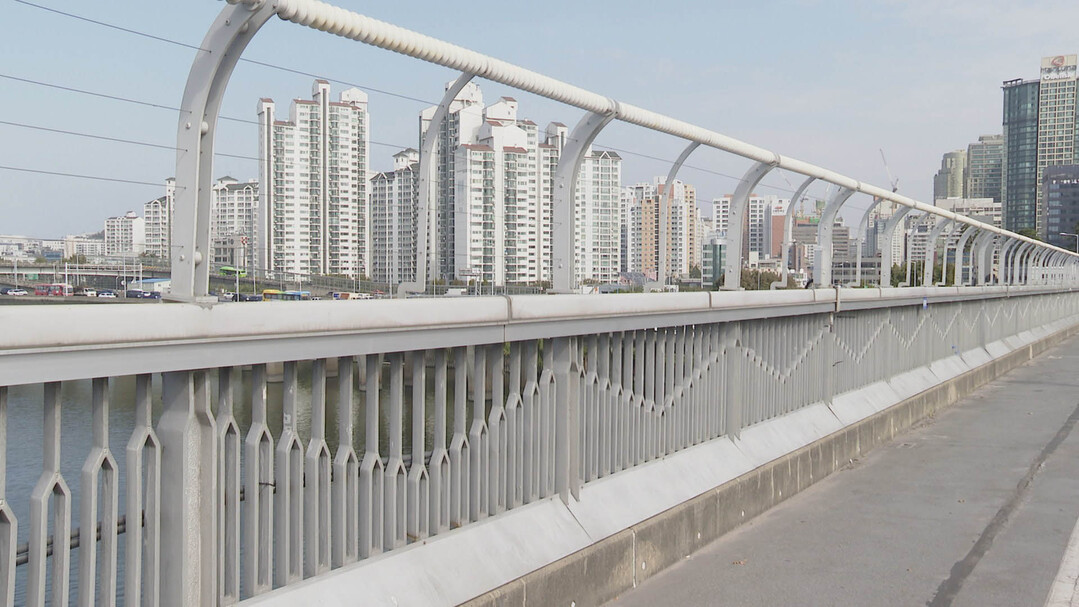
Seoul, South Korea – The Seoul Metropolitan Government is set to install additional suicide prevention facilities on five Han River bridges, including Cheonho, Yeongdong, Banpo, Dongjak, and Jamsil. This decision comes after the city assessed the positive impact of similar measures implemented on other bridges in recent years.
A feasibility study, which began last month, is currently underway to determine the most suitable prevention measures for each bridge. Options under consideration include increasing the height of the railings and installing rotating barriers designed to prevent individuals from climbing over. The results of this study are expected to be released on October 5.
“Through this study, we will conduct a comprehensive analysis of the effectiveness of suicide prevention barriers, considering factors such as the number of suicide attempts and pedestrian traffic,” said a Seoul city official. “Based on this analysis, we will develop tailored prevention measures for each bridge.”
This marks the second feasibility study conducted by the city since 2020. Following the first study, suicide prevention facilities were installed on five bridges: Mapo, Han River, Jamsil, Yangwha, and Hannam. Notably, the city replaced the suicide prevention messages on the Mapo Bridge with higher railings, as part of its efforts to strengthen safety measures.
While the city has made progress in preventing suicides on the Han River bridges, challenges remain. Despite the installation of prevention measures, the number of suicide attempts on the Mapo Bridge has increased in recent years. Additionally, a suicide occurred on the Han River Bridge in 2023, despite the presence of rotating barriers. In this incident, the individual was able to climb over the barrier using a chair.
"While physical barriers can be effective in deterring impulsive suicide attempts, they may not prevent individuals who are determined to take their own lives," said [Name], a suicide prevention expert at [Organization]. "A comprehensive approach that includes mental health services, crisis intervention, and community support is essential for addressing the underlying causes of suicide."
[Copyright (c) Global Economic Times. All Rights Reserved.]






























